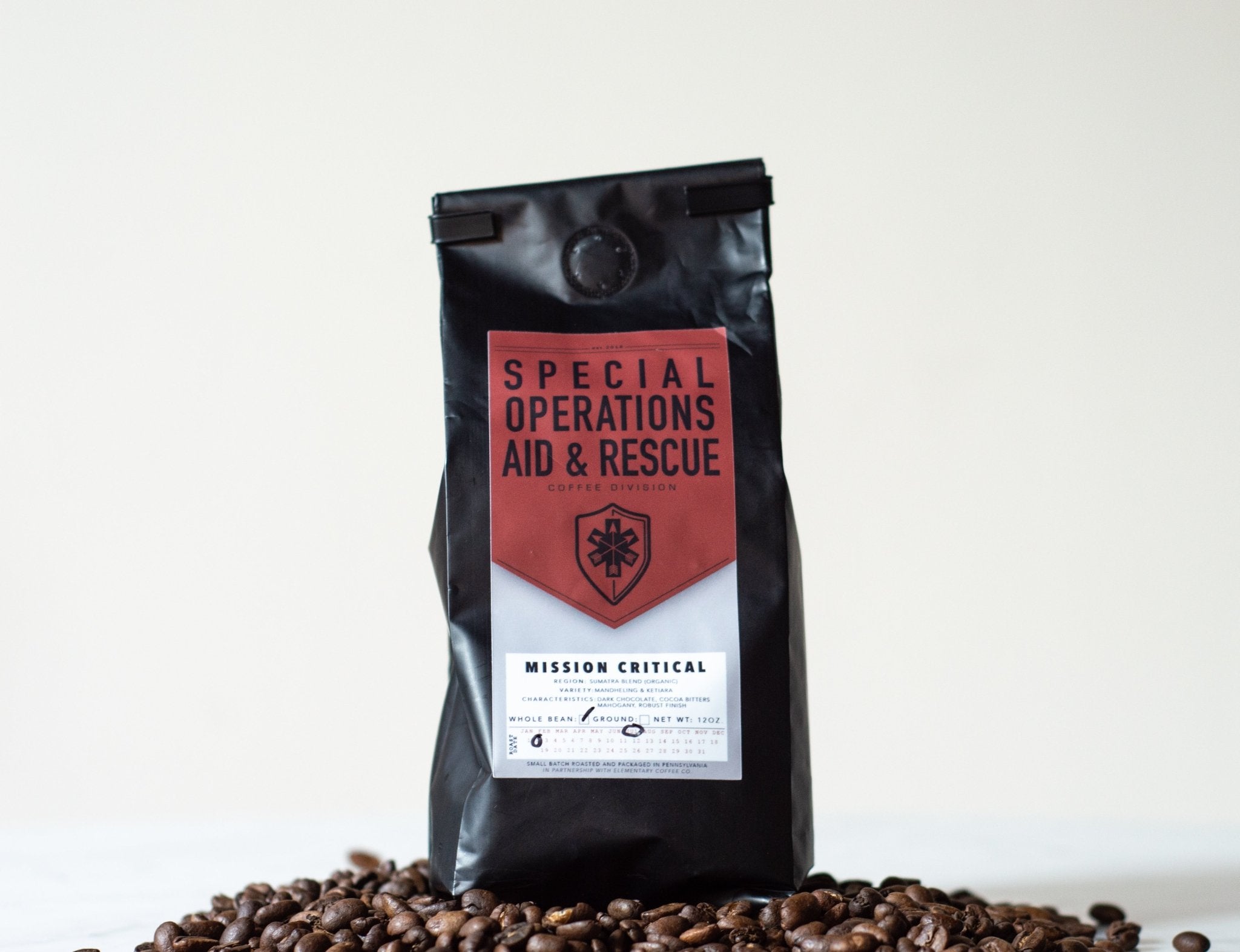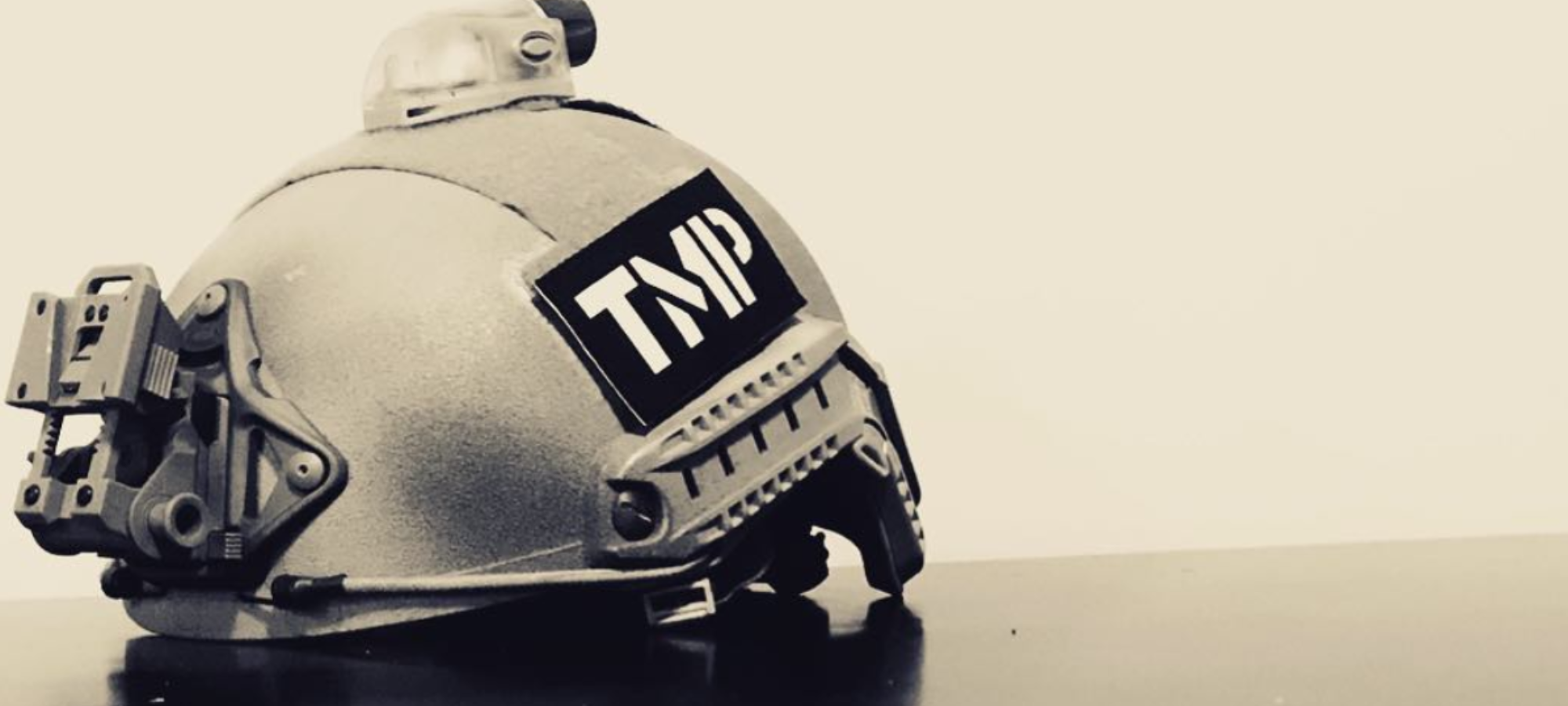The Fire Service, as well as many other discplines within the world of public safety, are well known for their "tools of the trade". Whether it be an engine company or a set of Hurst tools, much of what is used is built for a specific purpose. The same is true when it comes to tactical medicine. Each of the tools made is made with a purpose.
CAT Tourniquet

Being that these “tools” are being used on humans there is a great deal of research and revision that goes into each before it becomes an accepted device. In previous articles, we’ve covered some of the rationale behind, and steps to planning and responding to active shooter events. In this article, we're going to talk more in-depth about specific tools that many may not be familiar with. We’re going to talk about design, components, and use of each. Tactical medicine in its current form is a relatively young branch of pre-hospital medicine. With that, many of the tools being used are also new, as there were no previous tools to do the job they fill.
Hemorrhage Control Background
The first and most innovative set of these new tools are used to treat massive hemorrhage. Within the past 14 years, we have seen more improvement in the way we treat hemorrhage than we had seen in the previous 100 combined. This has been due to the wars in Iraq and Afghanistan. We have been able to collect, analyze and make sense of the data on wounding. Hemorrhage has been deemed the leading cause of preventable death in the battlefield. This leads to the reason so much effort and change has gone into finding formidable solutions.
The tourniquet, what was once voodoo to utilize is now the go-to treatment for extremity hemorrhage. So how did it make a comeback, and what goes into a good tourniquet? Let’s look into these questions a little further. The tourniquet until recently was deemed a “last ditch” attempt to stop bleeding, it was the go-to when every other attempt failed. It was assumed that one would lose the limb the tourniquet was placed on, 100 percent of the time. This was a falsehood that allowed practices to be shaped around a misunderstanding.
A tourniquet does come with some risks. The risk of limb loss certainly is present, but much of that can be mitigated by the tourniquet itself. Previous tourniquets have been made of just about anything from shoe strings to belts, etc. This variation offered little consistency in effectiveness, thus leading to mixed results with tourniquets. With the data that has come from Iraq and Afghanistan, it has been proven that one can keep a tourniquet in place for over an hour and keep a limb. The proper device and proper use make this possible.
So what goes into a good tourniquet? This relatively simple question has been dissected by physicians, medics, engineers and other professionals until some answers have risen to the surface. The days of a stick and bandana are no longer.
Commercial tourniquets are one of the biggest drivers in improved trauma care in the pre-hospital setting. The most recognizable of these is probably the Combat Application Tourniquet (CAT®) by North American Rescue Products. This device was developed purely through the need that was seen overseas and is now one of the most widely used in the world. It consists of a few parts, which ultimately lead to its effectiveness. The first of which is the self-adhering band. It is made of a nylon strap, which is much like both sides of Velcro in one. This quite possibly is one of the main reasons that there is such a high percentage of limbs saved. Through much research they have determined that this strap must be at least 1.5 inches wide to distribute pressure, minimizing the damage to tissue below. This is the main band that makes up a majority of the device, it is meant to be placed around the limb and then placed back through the friction buckle. This buckle is much like the buckle on a riggers belt, with
some additions.
Next is the windlass. This is the “stick” of the tourniquet; it is the mechanical advantage that allows for further tightening of the main band once the self-adhering band has been placed around the limb. This windlass is attached to the internal band that runs the length of the self-adhering band. The self-adhering band is much like a piece of tubular webbing, which allows for the internal band to pass through. As you twist the windlass, it takes up the internal band ultimately tightening the whole device. Once you have tightened the device, the windlass is then secured in the securing clip, which ensures it stays tight.
The idea behind a tourniquet is to “block the river, upstream.” The bleeding is coming from an injured blood vessel/s. If you compress all of the tissue around the vessel enough it will also compress the vessel, stopping flow beneath that point. However, the pressure must be circumferential, or all the way around the limb to be effective.

SOFTT-W Tourniquet
Another one of the most popular tourniquets is the Special Operations Forces Tactical Tourniquet Wide or SOFTT-W. This device is made by Tactical Medical Solutions, another leader in Tactical Medical Products. It too has gone through change, since its inception. This device also is attempting to accomplish the same mission. It does have a few changes in its design. The first of which is the band itself. It is not a self-adhering band but rather a single nylon strap, which routes through a metal friction buckle. This buckle is more along the lines of that on a bailout belt. The middle bar moves and tightens the more pressure is against it, using friction to hold it in place. This device also utilizes a windlass that is made of aluminum; it tightens the main band instead of a nylon internal band. On each device, they achieve the correct amount of pressure that is required to stop blood flow, approximately 350 mmHg. They just accomplish through slightly different techniques.
Tourniquet Takeaways
Hopefully, through this article, you have gained some understanding on tourniquets. If you or your department have or are going to purchase a tourniquet here are some key considerations.
-
Does the tourniquet meet the 1.5” width minimum? There are many tourniquets available, some even claiming to be Tactical Combat Casualty Care approved, they are all not. Some will claim that by wrapping the device they are able to achieve this 1.5” minimum, it is not true.
-
Does the device have a windlass or a mechanical device for tightening after initial application? Choose a device that is simple. Fewer parts to break, or remember how to use in the heat of the moment. Also having a device that allows you to tighten after the initial band has been put on, is a must. The windlass design has been the most widely adopted for its ease of use as well as consistency. There are some pneumatic and other tourniquets that use different ways of tightening, just remember Murphy’s Law in these cases. If it looks too complicated it probably is.
-
Lastly, how is this device is stored, and where? There are multiple commercial cases made to make a tourniquet easy to access, as well as keep out of the elements. A good storage solution is a must to ensure this tourniquet will work when it needs to. Where you store it is key as well, specifically in the law enforcement and tactical environment. Keeping it in the car or somewhere else does no good when it’s really needed. On your person easily accessible is a must.
With the return of tourniquets, I hope this is helpful in understanding how they work, as well as the anatomy of some of the most successful tourniquets available.



